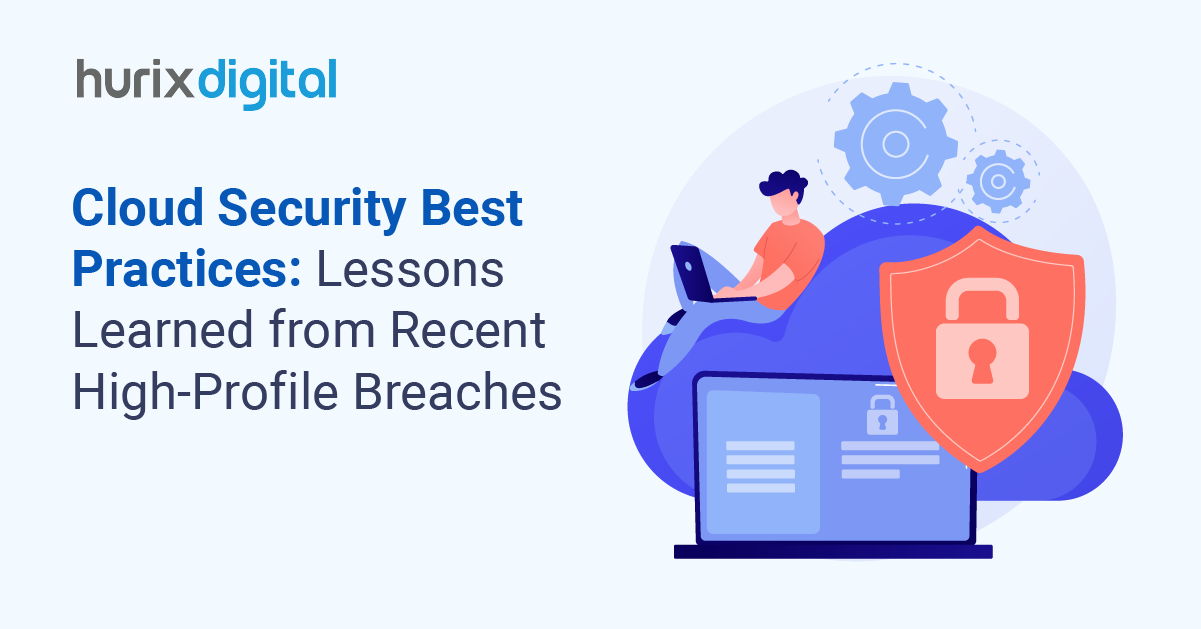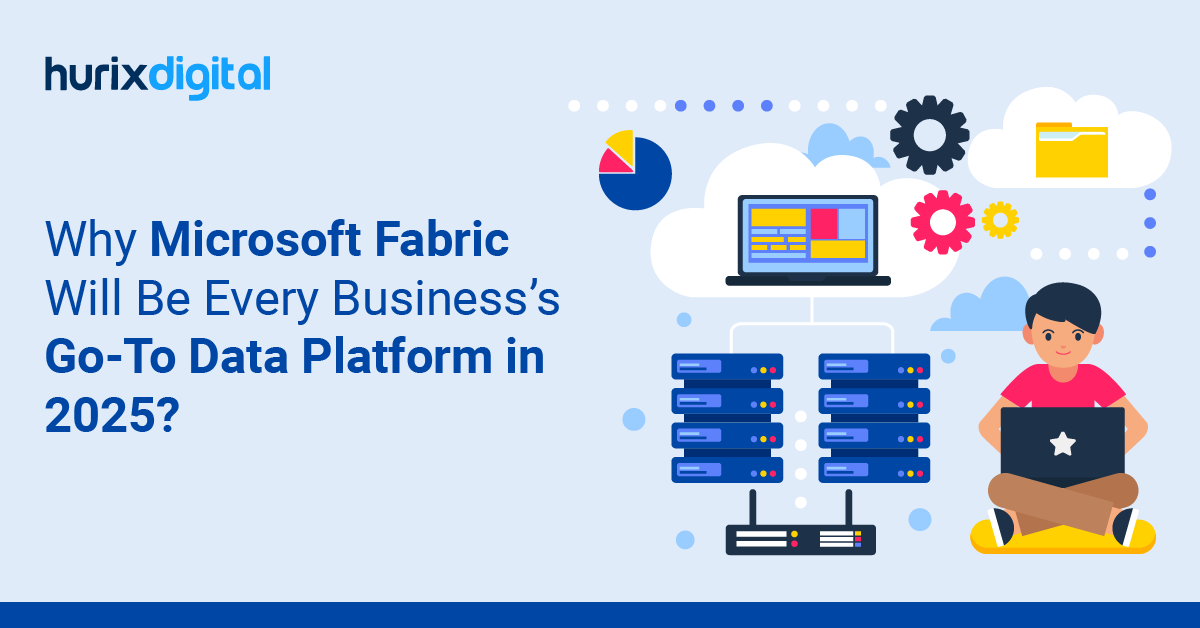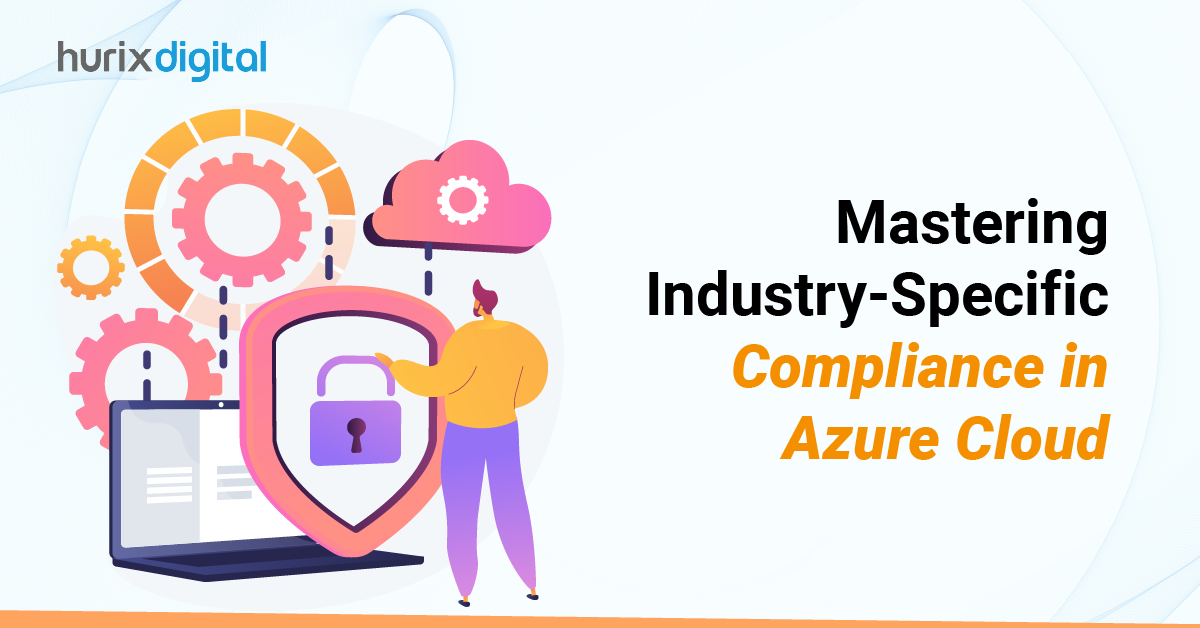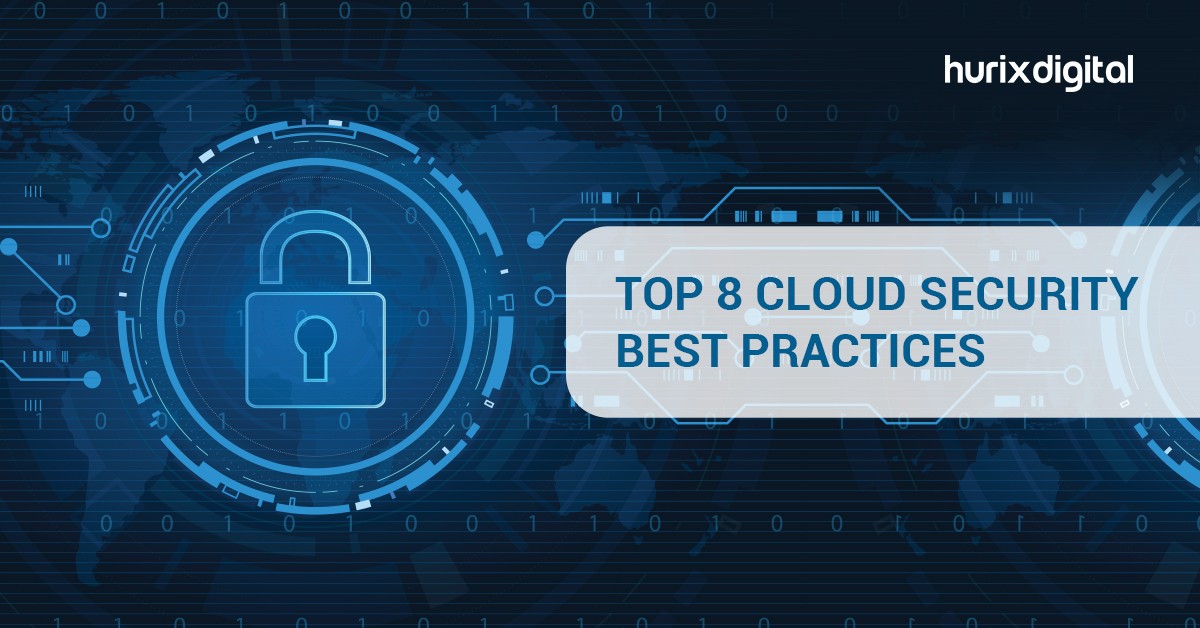
Cloud Security Best Practices: Lessons Learned from Recent High-Profile Breaches
Summarize with:
Digital technologies have been nothing short of a boon for businesses across the globe. However, every coin has two sides, and the other side of digital convenience is the high risk of cyberattacks.
The rate of cybersecurity breaches is reaching alarming levels, leaving no business untouched. In fact, reports suggest that the cost of data breaches in the year 2024 was about $4.88 million – a 10% increase from the previous year.
What lessons are these high-profile breaches teaching businesses? Let’s understand that in detail, and chalk out some cloud security best practices that can help safeguard organizational data against cyberattacks.
Table of Contents:
Lessons From Recent High-Profile Breaches
Below are three of the most critical cloud system loopholes and problems that have led to data breaches:
1. Cloud Misconfiguration
Did you know that in 2023, 80% of the data breaches were done on data stored in clouds?
Clouds are an attractive target for breaches, and lucrative for hackers as well. This is because about 60% of the world’s data can be found on clouds.
Since the concept of clouds is fairly new and companies are still in the process of transitioning, cases of misconfiguration can easily create cracks in security for hackers to get in.
2. Ransomware Attacks
Ransomware attacks have evolved and become craftier. Hackers now not only encrypt the data on the company’s database but also make copies of the sensitive files to release them to the public if a ransom is not paid.
Ransomware attacks rely on the ignorance of cloud users. Total reliance on firewalls, multifactor authentications, etc. is not enough to keep hackers from breaching your cloud database. There needs to be a countermeasure to prevent data exfiltration from company systems.
3. Vendor System Exploitation
Every company needs vendors to assist with day-to-day operations, such as office supplies, appliance maintenance, etc. Hackers often get inside company systems by taking over vendor systems and permissions leading into the company database. A common name for this attack is a Supply Chain Attack.
In 2023, MOVEit admitted that such an attack compromised over 2,600 companies in over 30 countries, compromising the data of about 80 million individuals. 98% of the organizations have been found related to vendors whose systems have been compromised in the past two years.
Also Read: Top Cloud Infrastructure Providers – Who’s Leading the Pack in 2024?
Cloud Security Best Practices
In order to safeguard your organization’s data against breaches, you must follow the cloud security best practices detailed below:
1. Train Your Staff
Your staff needs to understand that security is effective only when the users are also equally careful. Educate your staff about:
- Shadow IT: Your staff should understand that using unauthorized tools and software could compromise organizational security.
- Cybersecurity: You can arrange workshops that teach staff about potential threats, setting the right passwords, recognizing social engineering attacks, etc.
- Special training: For the cloud engineers and managers of your company, you should provide dedicated security training.
2. Secure Your Endpoints
As discussed earlier, a database for a company has many side doors (like vendor systems). It is thus important to pinpoint all the endpoints in your system and apply a robust security measure for access through that gate.
All the cloud-based apps and data should have access control, verification, authentication, encryption, and other security measures in place to monitor who gets in and out.
3. Encrypt Data – Moving or Resting
Data encryption is the first line of defense against cyberattacks. You should consider encryption not only the data that is being transmitted or transferred but also the data that is at rest or stored on the database. This includes encrypting hard drives, portable storage, device storage, etc.
It ensures that even if a data breach takes place through a company laptop, the data on it is unusable without the right credentials.
4. Integrate Advanced Security Tools
You should consider reinforcing your cloud security with advanced tools like Identity and Access Management (IAM) and intrusion detection tools. These tools work on top of the native security measures of the cloud, providing an extra layer of security for your database.
IAM is used to reduce the risk of unauthorized access to your cloud by maintaining user identities and access protocols. Intrusion detection works by monitoring, analyzing, and responding the network traffic and enhancing network security.
5. Conduct Audits and Examinations Regularly
Penetration tests, audits, and vulnerability testing should be a regular part of your organization’s activities. These activities help to identify loopholes in database securities and ensure compliance with security standards, regional regulations, and other laws.
Auditing and testing also help to reveal potential security compromises that could occur as a result of current security practices at the organization.
6. Maintain Security Logs
Security logs enable your security engineers to see every event that has occurred with a system with respect to security. It helps them monitor user activity, unauthorized logins, modifications, and activity to ensure that there hasn’t been any attempt at breaching enterprise databases.
You can consider enabling logging and centralized monitoring, facilitating incident responses, tracking changes to systems and misconfigurations, and utilizing tools provided by the cloud provider.
Also Read: A Comprehensive CIO’s Guide to Developing a Cloud-First Strategy
Conclusion
Cloud systems are a complex configuration that is unique to every organization. It is important to pay attention to cloud security solutions to ensure that your enterprise data remains secure and safe against cyberattacks.
Cloud security providers such as Hurix Digital help your organization reinforce its digital and cloud security for enhanced protection. We help you formulate preventive and protective security strategies using Microsoft services. We deep-dive with your IT professionals to examine your existing security setups and operations to identify where reinforcement is needed.
To know more about how Hurix Digital can help enhance security at your organization, you can call Hurix Digital today.
Summarize with:

Vice President and Strategic Business Unit Head – Cloud Services
A top technology management voice on LinkedIn with 20 Years of experience in Information Technology, Cloud Services, Digital Transformation, Application Modernization, Managed Services, IT Security Engineering and Operations Management. An avid technology Leader, Leadership Speaker, Author & Coach.
 Upcoming Masterclass | Build an Army of Brand Evangelists using Training & Development | November 20th, 8:30 AM PDT | 11:30 AM EDT | 10:00 PM IST
Upcoming Masterclass | Build an Army of Brand Evangelists using Training & Development | November 20th, 8:30 AM PDT | 11:30 AM EDT | 10:00 PM IST





